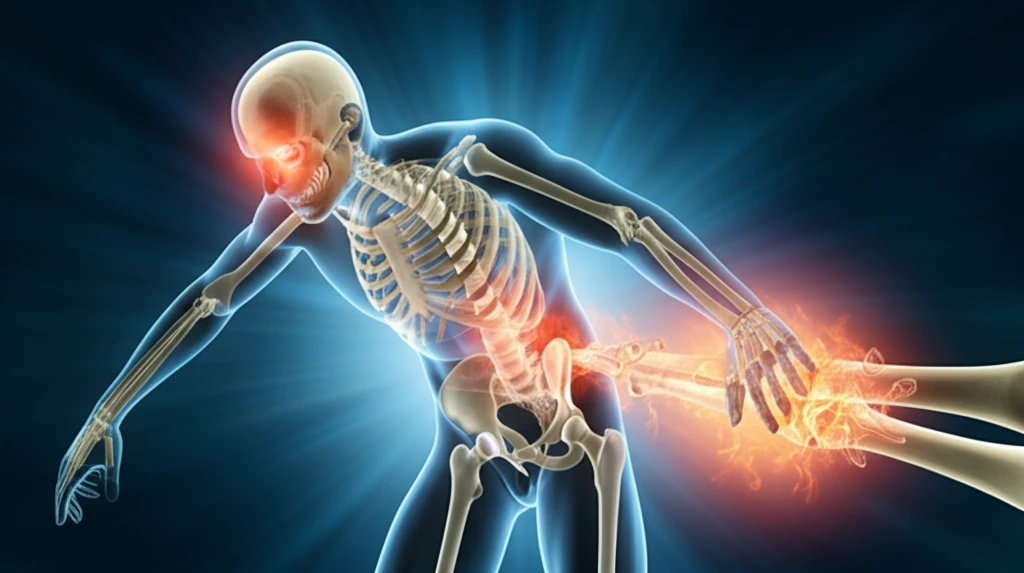
Beyond the Break: Understanding and Managing Heterotopic Ossification After Injuries
"A comprehensive guide to heterotopic ossification, its causes, symptoms, and the latest management strategies for athletes and active individuals."
For athletes and active individuals, pushing the limits is part of the game. However, with intense physical activity comes the risk of injuries. While many injuries heal as expected, sometimes the body responds in unexpected ways. One such response is heterotopic ossification (HO), a condition where bone tissue forms outside the normal skeleton.
This article dives into the specifics of HO, particularly as it relates to injuries sustained during sports and other physical activities. We'll explore what causes HO, how to recognize its symptoms, and what treatment options are available to help you get back in the game.
Whether you're a seasoned athlete, a weekend warrior, or simply someone who enjoys staying active, understanding HO can help you take proactive steps to protect your musculoskeletal health. Let's get started!
What is Heterotopic Ossification (HO) and Why Does It Happen?

Heterotopic ossification (HO) is the process where bone tissue develops in areas where it shouldn't, such as in muscles or other soft tissues. While the exact cause of HO is not always clear, it often occurs following trauma, surgery, or neurological conditions. In the context of sports injuries, HO can develop after a direct blow to a muscle or joint, leading to inflammation and subsequent bone formation.
- Direct trauma to the muscle
- Extensive surgery, particularly hip or elbow replacements
- Neurological conditions such as spinal cord injuries or traumatic brain injuries
- Genetic predisposition
- Underlying inflammatory conditions
Living Well and Staying Active with HO
While heterotopic ossification can present challenges, understanding the condition and taking proactive steps can help you manage symptoms and maintain an active lifestyle. By working closely with healthcare professionals, adhering to prescribed treatments, and making informed decisions about your activities, you can continue to pursue your fitness goals and enjoy a fulfilling life.

